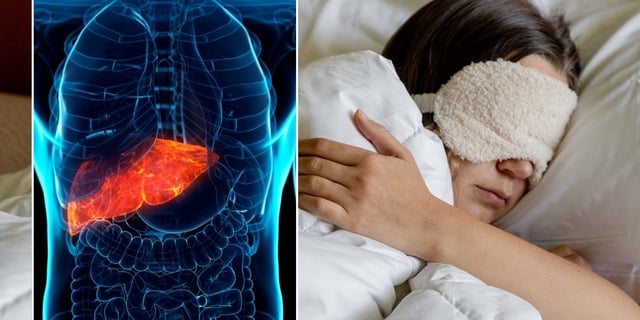Overview
- Researchers analyzed 6.8 years of wrist-derived sleep data from more than 88,000 UK Biobank participants to identify links between irregular sleep and 172 diseases and pave the way for future intervention studies.
- Sleep irregularity accounted for over 20% of risk in 92 conditions, notably Parkinson’s disease (37%), type 2 diabetes (36%), and acute kidney failure (22%).
- Bedtimes after 12:30 a.m. were linked to a 2.57-fold higher risk of liver cirrhosis and low day-to-day rhythm stability raised gangrene risk by 2.61 times.
- Objective actigraphy revealed that 21.7% of self-reported long sleepers actually slept under six hours, undermining most prior associations between long sleep and poor health.
- Mediation analysis implicated inflammatory markers such as leukocyte counts and C-reactive protein in newly identified sleep–disease links, and key findings were replicated in U.S. NHANES data.



